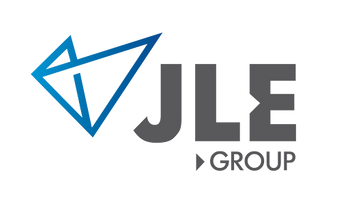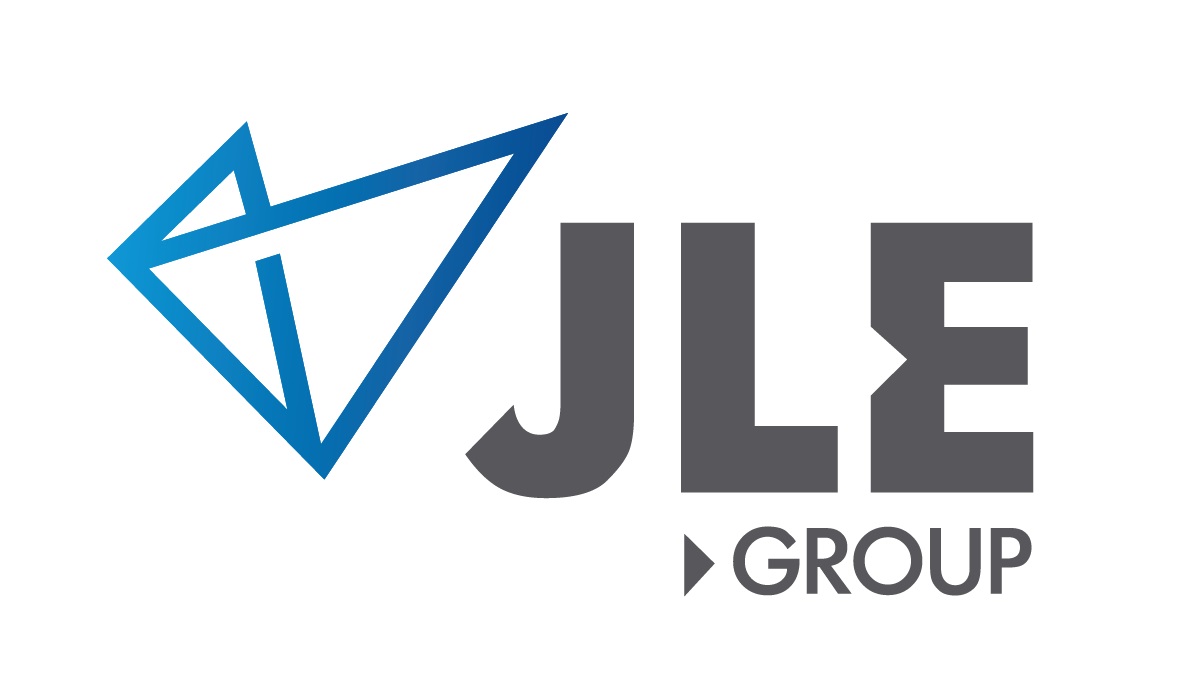Title Page
-
Site conducted
-
Report number
-
Conducted on
-
Prepared by
-
Lot Number
General
-
Joint, termination, coupler location
-
Rectification technician 1
-
Rectification technician 2
-
Location, route name, switchgear number of Rectification/ Repair
-
Chainage, route reference, switchgear number of Rectification/ Repair
-
IFC drawing set number and rev
-
Type of Installation where Repair/ Rectification is required
-
All materials required to complete the works are collected, checked for suitability and potential product issues prior to requesting the outage or works commencement date
-
Temp and humidity meter reading photo*time and date stamped
-
Temp and humidity meter serial number
-
Type of joint being installed at place of repair/ rectification
-
Number of joints or terminations being installed
-
Voltage of joints or terminations being installed
-
Type of cable being installed to
-
Circuit or cable number
-
Switchgear fed from
-
Circuit breaker fed from
-
Supplying to switchgear number
-
Supplying to isolator number
-
Access and isolation permits in place
-
Client notified of potential hold and witness points or activity if required
Installation
-
Location reference photo prior to starting works showing surrounding area and joint location (take from 30-40m away to show location information as best as possible)*time and date stamped
-
Photo taken of the instruction or installation manual supplied with the material kit
-
Photos of Joint or Termination - Repair Works
-
Capture Photo of layout or cable at point of rectification/ repair * time and date stamped
-
Remove MWTM Compression Sleeve, Termite Mesh and Roll Springs*time and date stamped
-
Inspect WCSM Outer jacket of Joint for damage
-
Does the damage extend to layers deeper than the WCSM or Cable Jacket
-
Fill Visible damage with Raychem Black Mastic * time and date stamped
-
CRSM Installation Instruction
-
Apply Raychem CRSM Cable repair Sleeve over the existing Joint, covering the joint's WCSM outer layer and landing on the outer jacket of the cable by ~ 100mm on either side in accordance with the CRSM Installation Instruction *time and date stamped
-
Termite Protection for Joints Instruction
-
Instruction for Works to be done
-
Open Termite Protection Sleeve tube along its seam and wrap around the joint * time and date stamped
-
Close the opened seam of termite protection sleeve in accordance with Termimesh's wrap around above instruction *time and date stamped
-
Position Termite Protection sleeve centred over the CRSM Repair Sleeve
-
Apply Roll Springs to the ends of Termite Protection Sleeve in accordance with TE's Termite Protection Kit Instruction and apply textile tape *time and date stamped
-
Apply CRSM Cable repair sleeve over termite mesh to compress and protect during burial *time and date stamped
-
Finished Photo * time and date stamped
Electrical Test Results
-
IR Tester type
-
Test Voltage
-
L1,L2,L3>Ground (mOhm)
-
Phase to Phase (mOhm)
-
Phase identification L1>
-
Phase identification L2>
-
Phase identification L3>
-
Location reference photo prior to leaving the work area showing surrounding area and joint location (take from 30-40m away to show location information as best as possible)
Sign off
-
All lugs and shear bolts installed to the correct torque
-
All heatshrink applied evenly without folds
-
All cables phased and insulation resistance tested
-
All heat-shrinks, fillers, compounds, sealers settled and or cured and ready for service
-
Joint and termination prepared in line with manufacturers specifications
-
Cable, coupler, panel stickers, decals, numbering installed if required
-
Appropriate danger, out of service, commissioning tags removed
-
System compliant and safe to energise
-
Signoff technician
-
Signature









